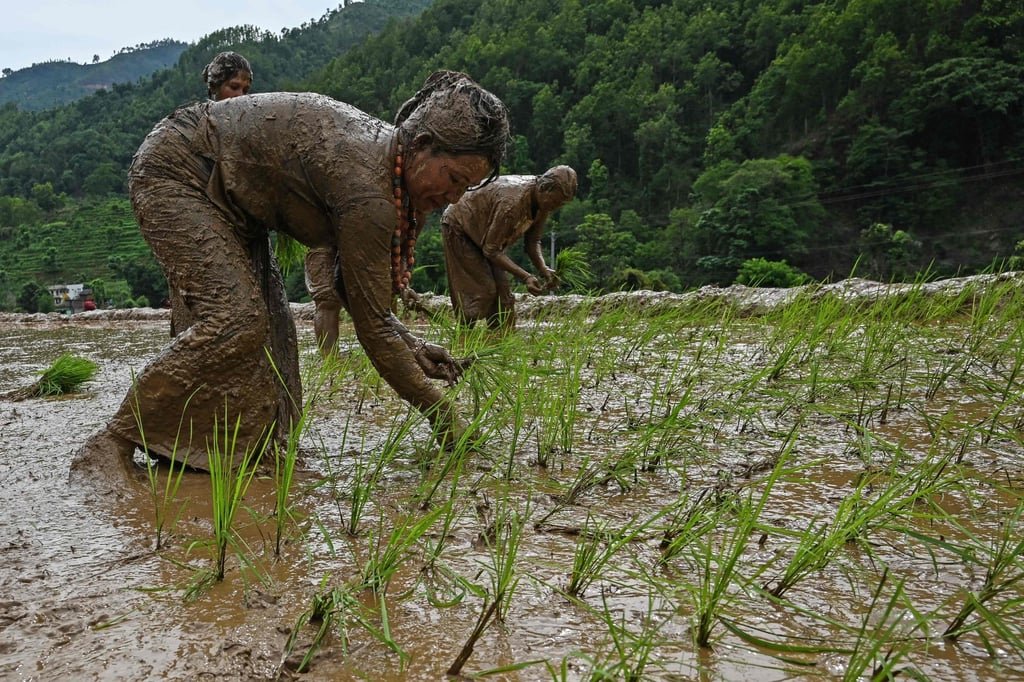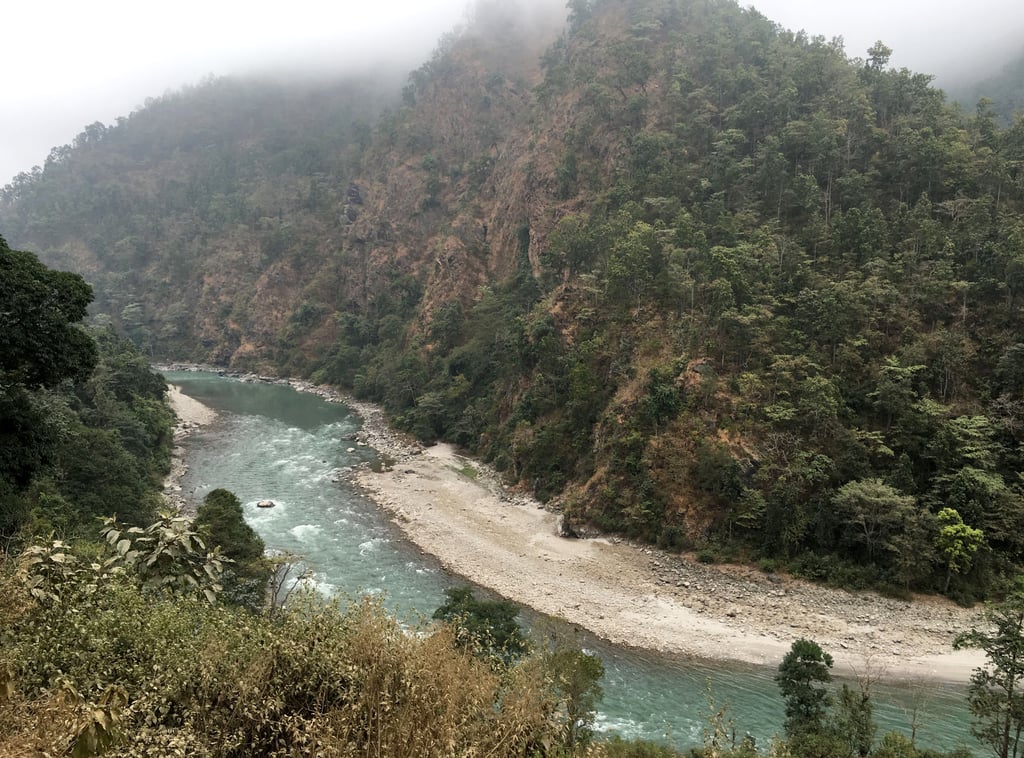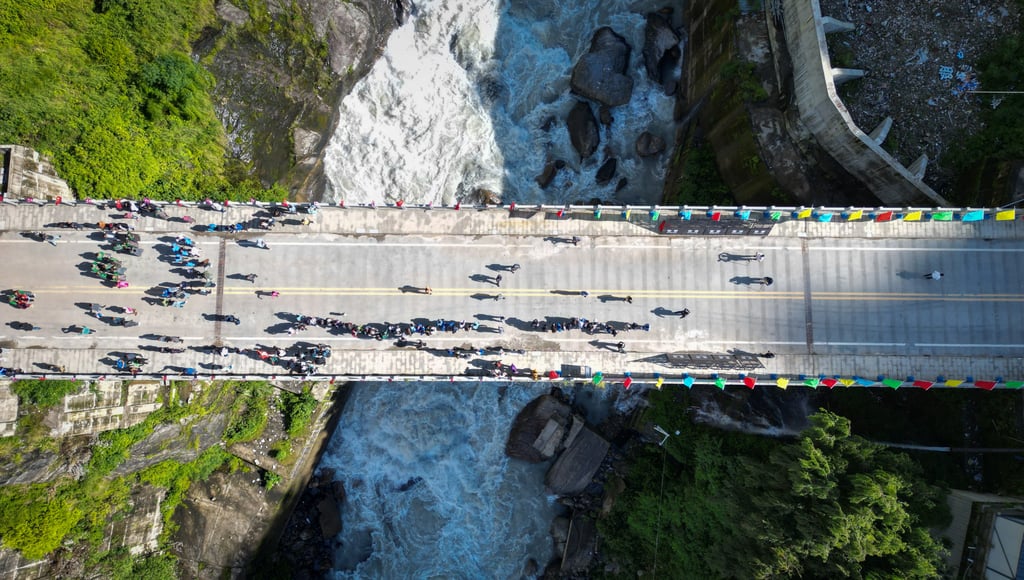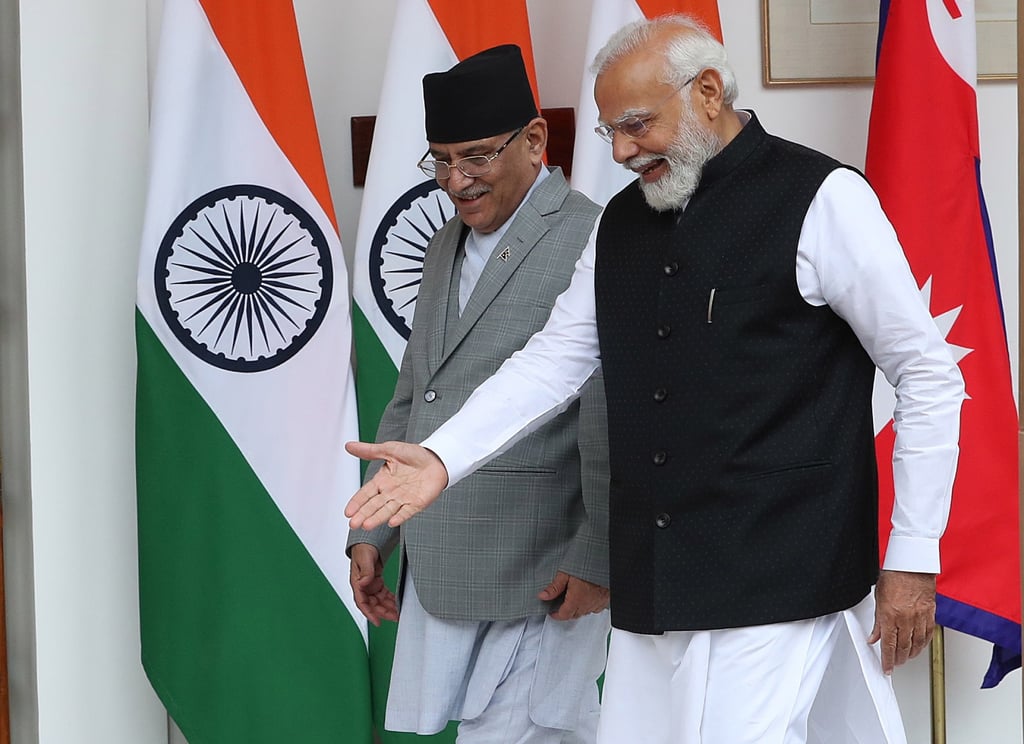Nepal’s political shift complicates its India-China balancing act
Oli, like Prachanda before him, is known for maintaining close ties with Beijing. However, the backing of Deuba’s party gives the new government a more India-leaning tilt – raising questions about how Nepal will manage its relationships with its two immediate and influential neighbours.
“The main problem is local, on the economic side,” said Bipin Adhikari, a professor of law at Kathmandu University, stressing more pressing issues at home. “Nepal has been suffering from instability for a long time. At least with this government, in the political sense, there will be some stability.”

Nepal’s government is its third in two years since elections to the lower house of parliament were held in 2022.
“For the first time since 2015, we have a strong government that doesn’t rely on smaller parties in parliament. Any fluctuation won’t affect the coalition, providing a strong base to proceed,” Adhikari said.
Relations with both India and China were a top priority for any Nepal government, but it would not tilt towards one country at the cost of the other, he added.
“In India, there is a popular perception that UML is pro-China and Nepali Congress is pro-India, it is just nonsense. In democracy, you cannot sustain your local politics by being pro-China and pro-India.”
Kamal Dev Bhattarai, a Kathmandu-based journalist and policy commentator, said the new government’s foreign policy was likely to be guided by its domestic priorities such as economic recovery, job creation and funding for infrastructure development.
The new government would “put differences aside because economic recovery and infrastructure development is a key priority for Nepal”, said Bhattarai, an editor at The Annapurna Express.
Both parties believed Nepal should stay non-aligned and focus on economic engagement with China and India, avoiding geopolitical tensions, he said.

“There are some differences. The Nepali Congress opposes [Belt and Road Initiative] loans, while the CPN-UML supports them if China offers concessional terms,” Bhattarai said, adding that Oli was likely to be cautious about showing his inclination towards any particular country.
S.D. Muni, a professor emeritus at the School of International Studies, Jawaharlal Nehru University, said although the Nepali Congress was seen as close to India, this would depend on domestic politics.
“Even Oli, who is being labelled as pro-China, would also [gauge] whether going on extreme to the Chinese side is beneficial and helpful to him or not,” Muni said.
From a strategic point of view, India would welcome the new coalition as it had never been comfortable with the consolidation of communist parties in Nepal, Muni said.
Belt and road dilemma
The implementation of China’s Belt and Road Initiative is seen as a contentious issue that both parties must resolve for the new government to function smoothly. India opposes the belt and road project, citing concerns that it undermines the territorial integrity and sovereignty of neighbouring countries.
Nihar Nayak, research fellow at the Institute for Defence Studies and Analyses (IDSA), said before settling into office, the Prachanda government signed a protocol agreement on the belt and road project after the implementation agreement was cleared by the cabinet in 2017.

“Even earlier when Prachanda was in government with the Nepali Congress, many projects like the Armoured Personnel Carrier Project and the infrastructure project in the Terai region were given to Chinese companies, sidelining Indians. This indicates that the Nepali Congress isn’t entirely pro-India,” Nayak said.
The belt and road project initially comprised 35 projects costing about US$10 billion, but was later reduced to nine priority projects.
Despite the change in government, the belt and road project was likely to proceed as Oli wanted infrastructure investment while ensuring it would not put unnecessary burden on Nepal, Muni said.
Indian firms are major investors in Nepal, contributing more than 30 per cent of the country’s approved foreign direct investment, official data shows. In January, India and Nepal signed a long-term power agreement to import 10,000MW of electricity from Nepal in the future. They also have a 1950 Treaty of Peace and Friendship, ensuring reciprocal treatment for Indian and Nepali citizens regarding residence, property, business, and movement.

Securing India’s interest
Nayak from IDSA said as long as the government in Kathmandu ensured India’s security concerns, Delhi should not worry about which political party was in power.
“India has security and strategic concerns in the Himalayan region. Whichever government addresses those concerns, it doesn’t matter if the government is pro-India or pro-China,” Nayak said.
As a landlocked country sharing borders with Asian countries, Nepal had to balance its relations with both Beijing and Delhi, Nayak said.
“Nepal has followed the same foreign policy since 1955 when King Mahendra wanted to maintain distance between two Asian powers [China and India]. Since, be it the Nepali Congress or a left-wing government, they have been balancing relations with both countries economically and strategically,” he said.
Ranjit Rae, a former Indian ambassador to Nepal, said every Nepali government looked after India’s security concerns and the new administration should not be any different from its predecessors.
.